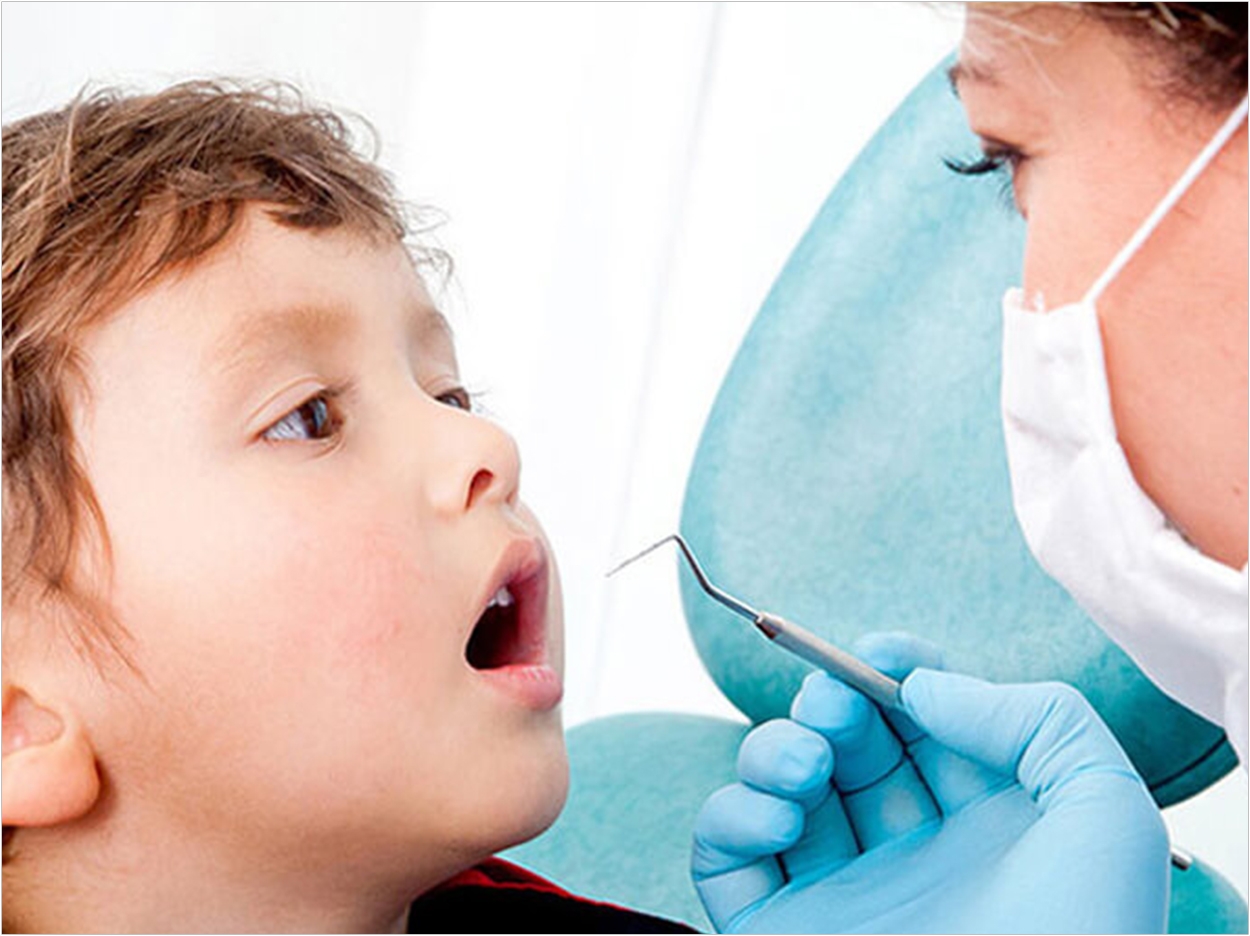
Severe tooth decay in children that requires surgery by oral and maxillofacial surgeons (OMFS) is dental neglect and may indicate wider neglect, according to OMFS and pediatric dentistry consultants at London’s King’s College Hospital (KCH), who also say that these children should be discussed with local safeguarding teams and considered for referral to social services.
The researchers report that 40% of the children in the two-year case review who needed oral and maxillofacial surgery for potentially life-threatening infection as a result of tooth decay were already known to social services.
Dental neglect is defined as the persistent failure to meet a child’s basic oral health needs, which is likely to result in the serious impairment of the child’s oral or general health or development. Dentofacial and cervicofacial infection in children is avoidable, but if left untreated, it can significantly disadvantage children for the rest of their lives.
The researchers say that general practitioners are trained to identify general neglect and should be made aware that acute dental infection also can be an indicator of wider neglect, noting that all dentists have a key role to play in spotting children at risk of neglect as well. Plus, better communication between all professionals will help them put together a full and accurate picture of a child’s risk, they said.
The analysis of patient data for children who attended King’s with a dental or oral and maxillofacial infection that required surgery under general anesthetic found 27 children between the ages of 2 and 15. The researchers also reviewed how many of these patients already were known to social services departments.
The results showed that 41% had first gone to their local dentist before referral to the hospital, while just over a third had gone straight to King’s emergency room. More than 50% of these children were between the ages of 5 and 8. All children with decay had an incision and drainage under general anesthetic as well as dental extractions.
“Dental decay in children is a preventable disease and access to National Health Service dental services is entirely free for children. Therefore, these children presenting late with acute dentofacial infection are suffering dental neglect that may be an indicator of wider neglect,” said coauthor and consultant oral and maxillofacial surgeon Kathy Fan, BDS, PhD.
“Over half of the children we cared for were aged between 5 and 8 and indicates this age group is at greatest risk of harm. Sadly, by the time we treated the children, they would already have suffered a sustained period of oral neglect and probably been in pain,” Fan said.
“Where patients or carers repeatedly fail to access dental treatment for a child’s tooth decay or leave dental pain untreated alarm bells should ring for clinicians to consider neglect,” said Dr. Marielle Kabban, coauthor and consultant pediatric dentist.
As a result of the study, KCH has introduced a new care pathway for children admitted to the hospital with dental and oral or maxillofacial infections. This means that all children admitted to the emergency room will be risk assessed for neglect and referred to the safeguarding team accordingly.
“Awareness and confidence to escalate concerns as well as educate non-dental healthcare workers is essential to recognize dental neglect early and arrange treatment,” said Kabban.
The researchers want to see what has been learned from this review rolled out across the National Health Service with the KCH care pathway used as a template. They also suggest that children who are made subject to a child protection plan should have a dental assessment carried out.
Plus, the researchers want a further study that will demonstrate the indicators for possible neglect better. Such a comparative study would analyze the difference between elective extractions under general anesthetic with children admitted as emergencies would allow them to define more precisely the likelihood of possible neglect, they said.
The study, “Paediatric Dento-Facial Infections–A Potential Tool for Identifying Children at Risk of Neglect?” was published by the British Dental Journal.
Related Articles
How to Spot Child Abuse Among Your Patients
Pediatric Groups Identify Oral Signs of Child Abuse and Neglect
General Practitioners Fail to Recognize Dental Neglect












